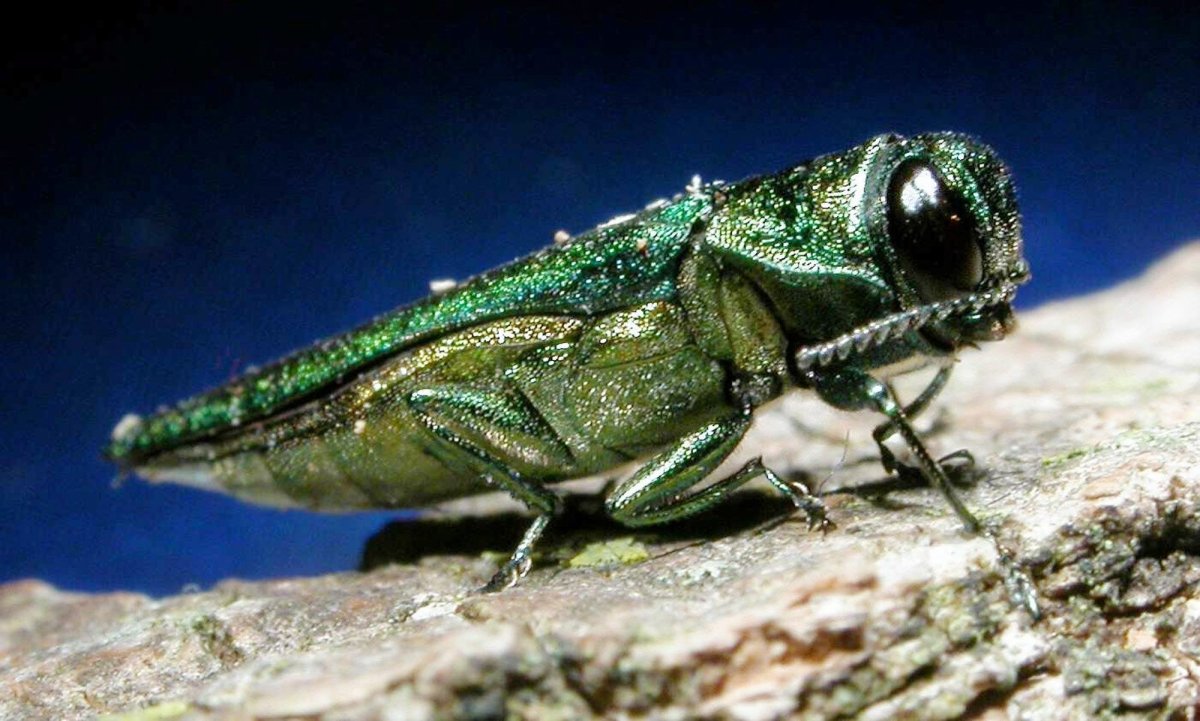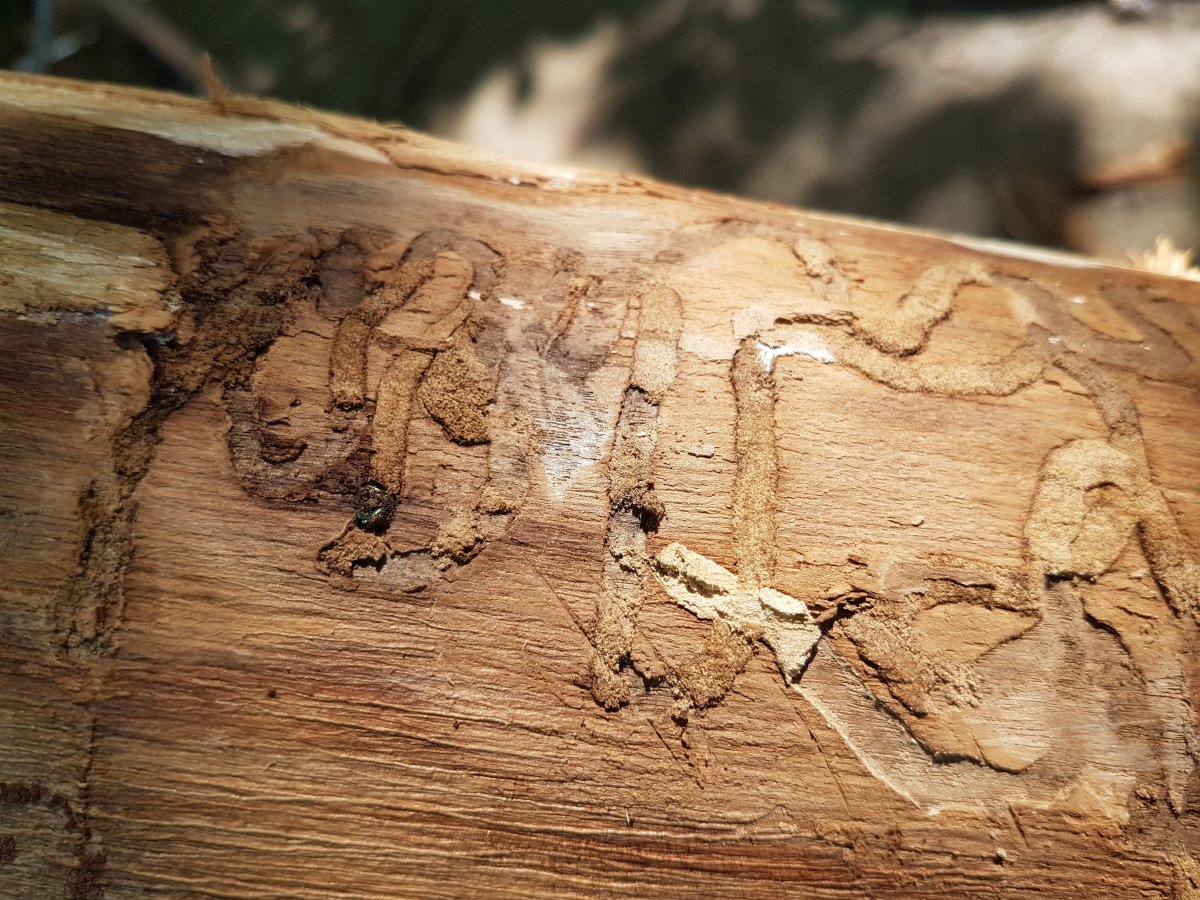After what officials say was a successful pilot project last year, the South Nation Conservation Authority and the City of Ottawa are once again partnering on a tree replacement program to help residents pay to remove ash borer-infected trees on their properties.

The emerald ash borer is an invasive, wood-boring beetle native to Asia that made its way to North America and has since feasted on millions of ash trees across Canada, according to the conservation agency.
They were first discovered in the province in 2002 and subsequently spread from southwestern to eastern Ontario. The ash borer was detected in the national capital six years later, according to Jason Pollard, a section manager in the city’s forestry department.

Many ash trees in the Ottawa area have been affected by the destructive beetles. Since 2008, more than 60,000 dead trees have been removed from city properties alone, Pollard said in a statement provided via email by the city’s media relations department.
Officials have been encouraging residents to get rid of infected or dead ash trees on private land. That endeavour, however, can be expensive.
Depending on the location of a sick tree, and the equipment needed to remove it, a property owner might have to fork over anywhere between $500 and $2000 per tree, according to Ronda Boutz, South Nation Conservation’s team lead for special projects.
After piloting a cost-sharing program last August, the city is again offering to subsidize to 50 per cent of the average tree removal cost with eligible applicants. The conservation authority, for its part, is responsible for administering the program.
- Posters promoting ‘Steal From Loblaws Day’ are circulating. How did we get here?
- Canadian food banks are on the brink: ‘This is not a sustainable situation’
- Video shows Ontario police sharing Trudeau’s location with protester, investigation launched
- Solar eclipse eye damage: More than 160 cases reported in Ontario, Quebec
Successful applicants may receive up to $500 per tree, up to a maximum of $5,000 per funding cycle — which covers about 10 trees.
In order to qualify for funding through the program, a resident has to recruit a licensed forestry professional or certified arborist to both confirm that a tree on their property is infected by ash borers and perform any work needed to remove it.
South Nation Conservation believes its partnership with the City of Ottawa is the first of its kind in Ontario; the conservation agency built the tree replacement program from scratch, Boutz said in an interview.

The available municipal funding in 2018 was allocated to a total of 96 applicants in Ottawa, which saw 469 sick trees removed and replaced across the city by June this year, Boutz said.
She said her organization was pleased with the uptake during the pilot project.
“We weren’t sure if we were going to get lots of applications or not get any. It turns out we were actually swamped,” she said.
Applicants who received money last year can reapply for funding, but they have to meet the program criteria once again, Boutz confirmed.
Ottawa city council this year approved $200,000 for the 2019 program, funded through a tax levy, according to Pollard.
“Through this initiative and other tree planting partnerships with conservation authorities, the City acknowledges the important role of private land in contributing to forest cover,” Pollard said.
Funding this year will be offered on a first-come, first-served basis, South Nation Conservation said in a news release. Applications for funding can be found on the agency’s website.
While it’s up to council to approve funding for the tree placement program in future years, Boutz said her organization is “certainly hopeful” the partnership will continue beyond 2019.
How to spot an infected tree
The easiest way to tell if an ash tree on your property has been infected by the ash borer is to observe the crown of the tree, according to Boutz.
“What happens is the emerald ash borer bores into the tree and, basically, it cuts off the circulatory system of the tree,” she explained. “So the nutrients can’t move from the root up to the top of the tree into the crown.”
“Once that system is sort of cut off … that’s where you start seeing the crown thin and then eventually die back.”
Watch to see if the tree drops its leaves early or check for damage caused by woodpeckers trying to get at the beetles, she added.
Once infected by the ash borer, a tree will die within two to three years, according to the conservation agency.
Dead trees pose a danger because they will inevitably come down, which is why it’s important to get them removed, Boutz warned. If you suspect you have a sick tree on your hands, Boutz recommended calling a certified arborist or professional forester to inspect the tree and provide advice on how best to remove it.
“The thing with ash trees is that they get quite brittle so you do really need a professional who is trained to properly bring these trees down, if they are larger ones especially because you’re dealing with a tree that has basically a dead top,” she said.






Comments